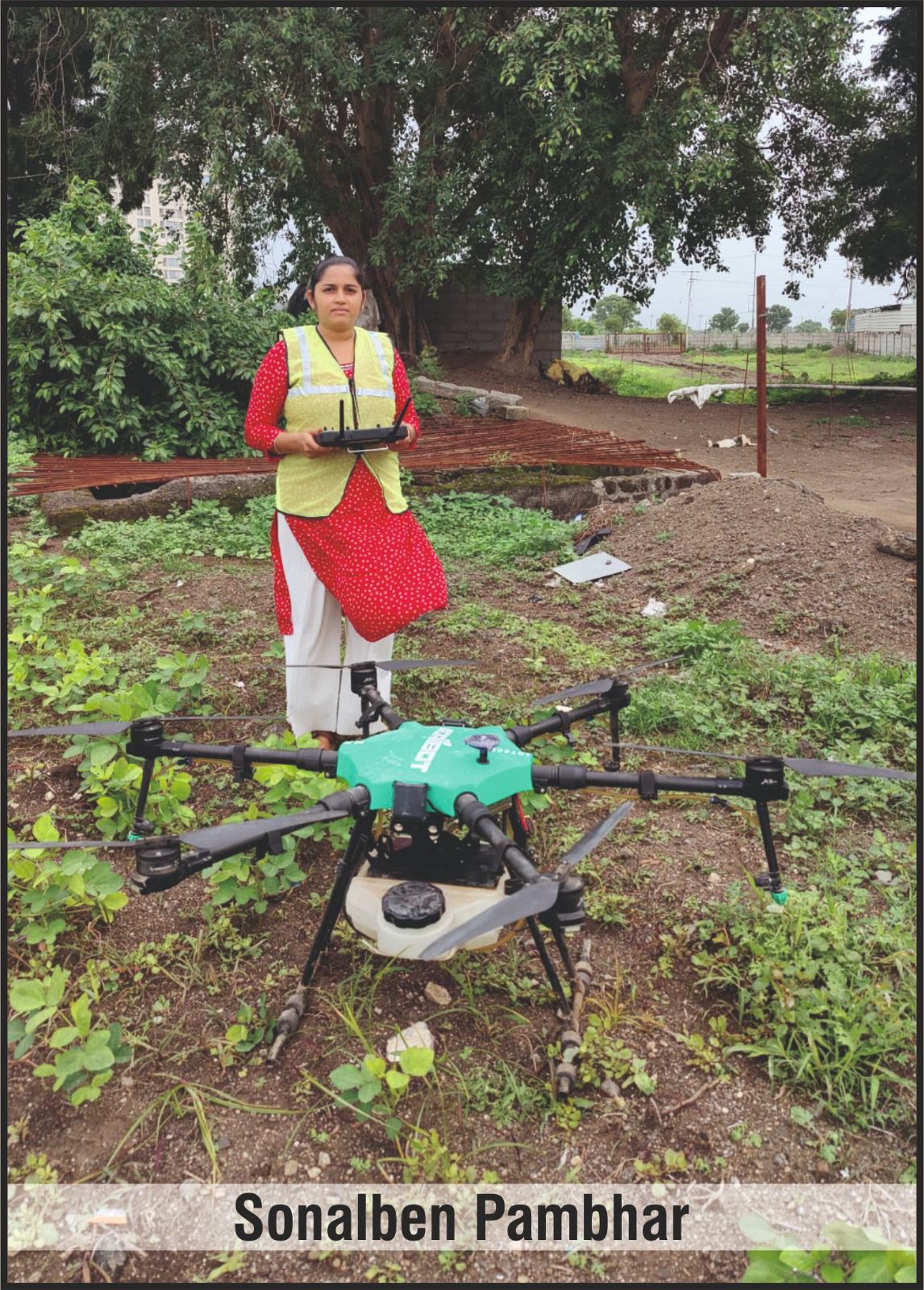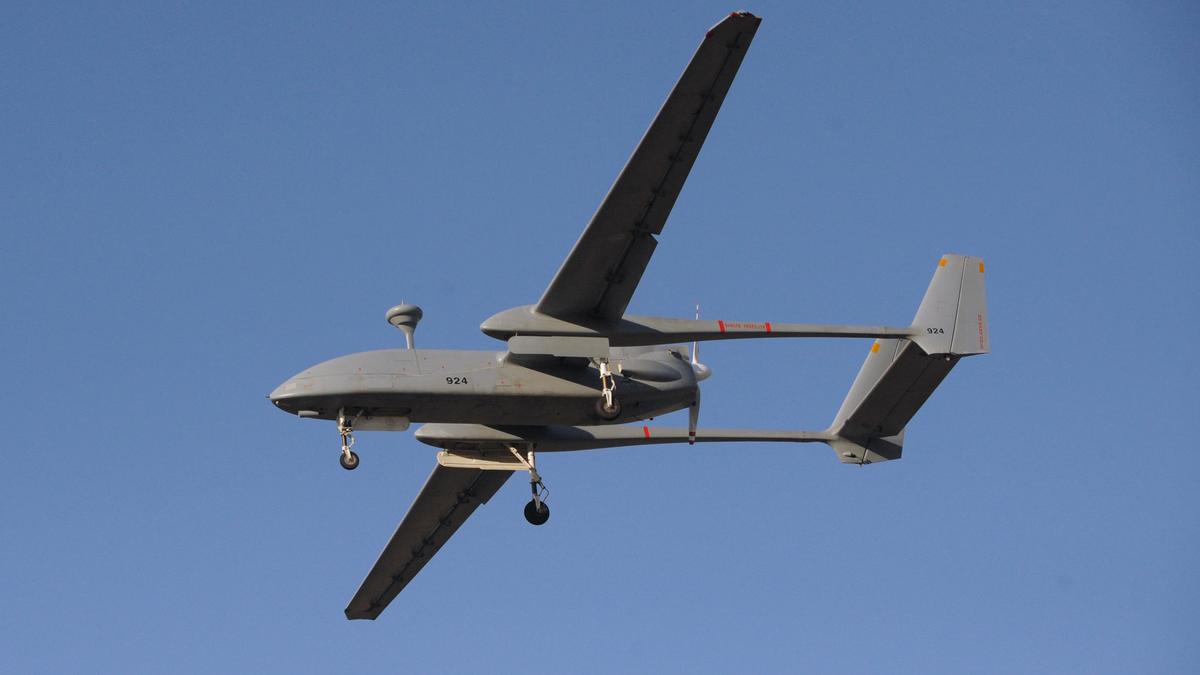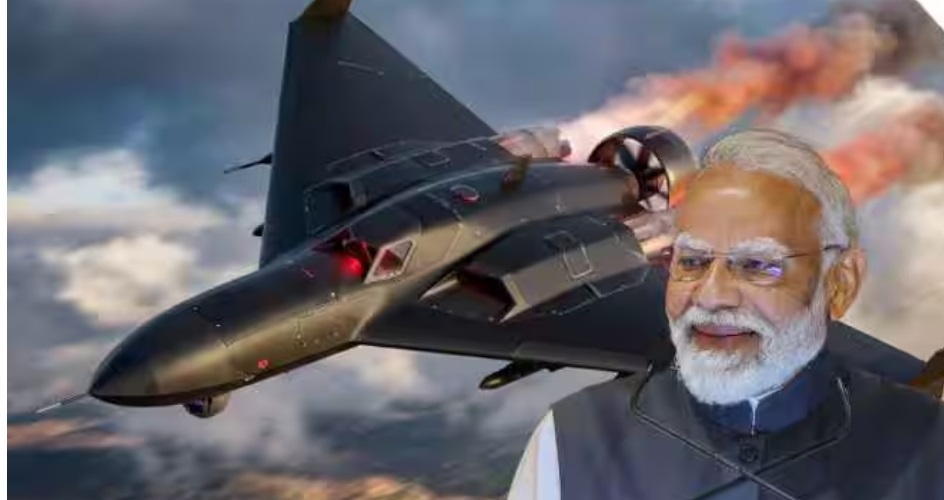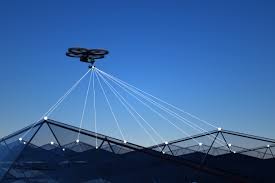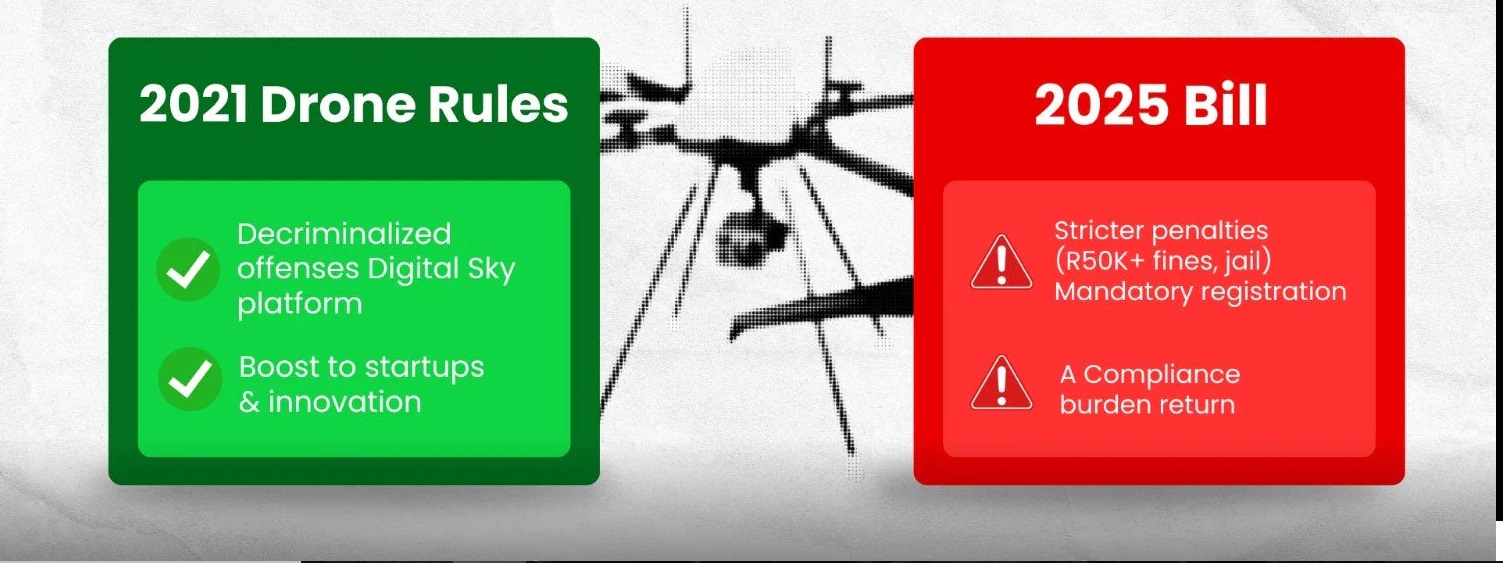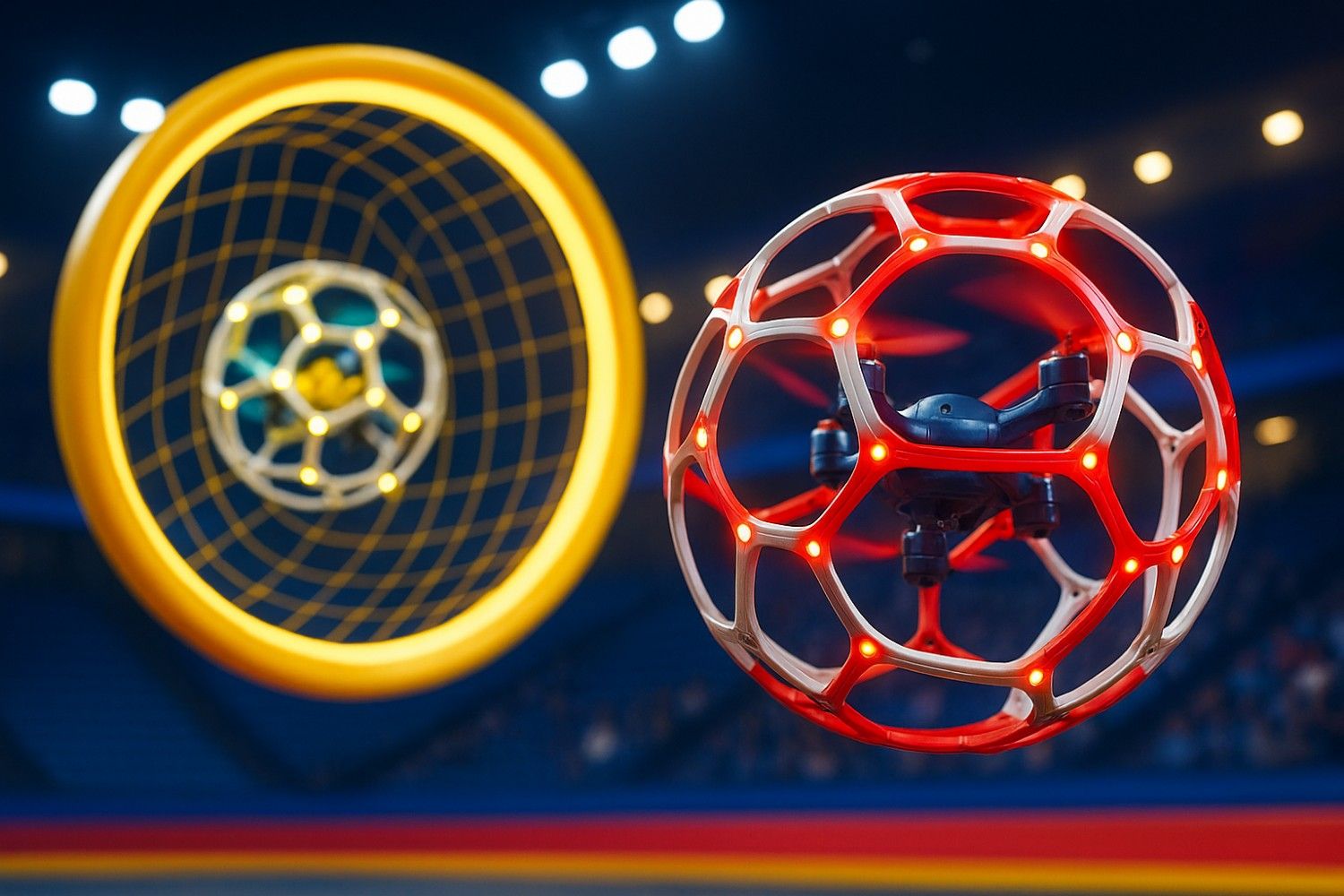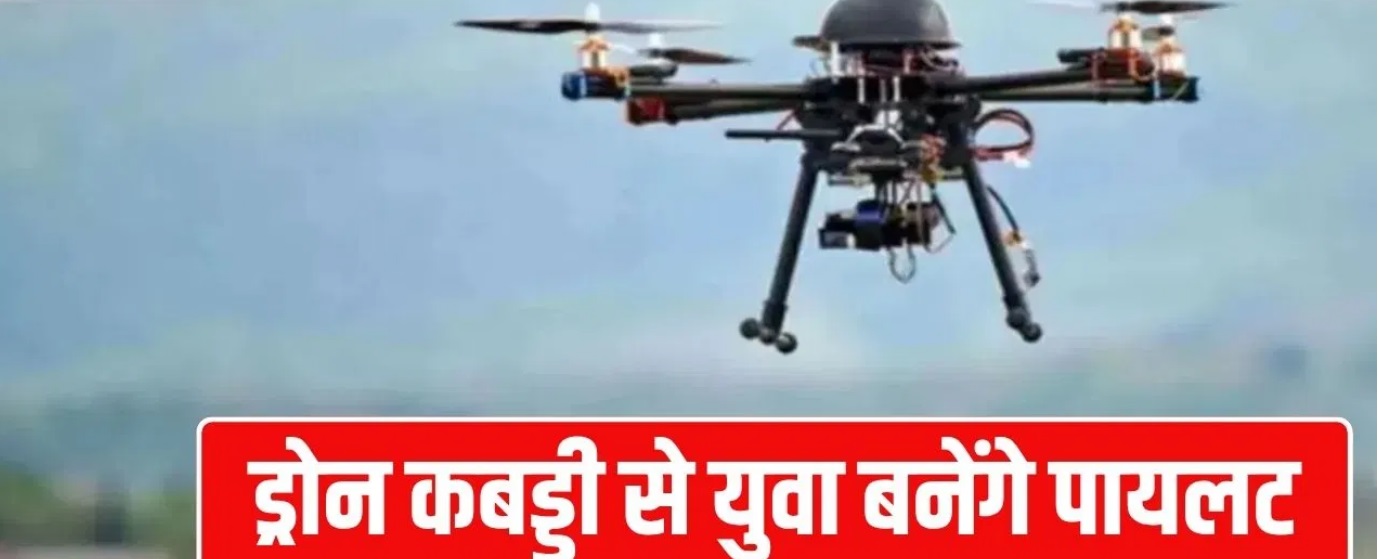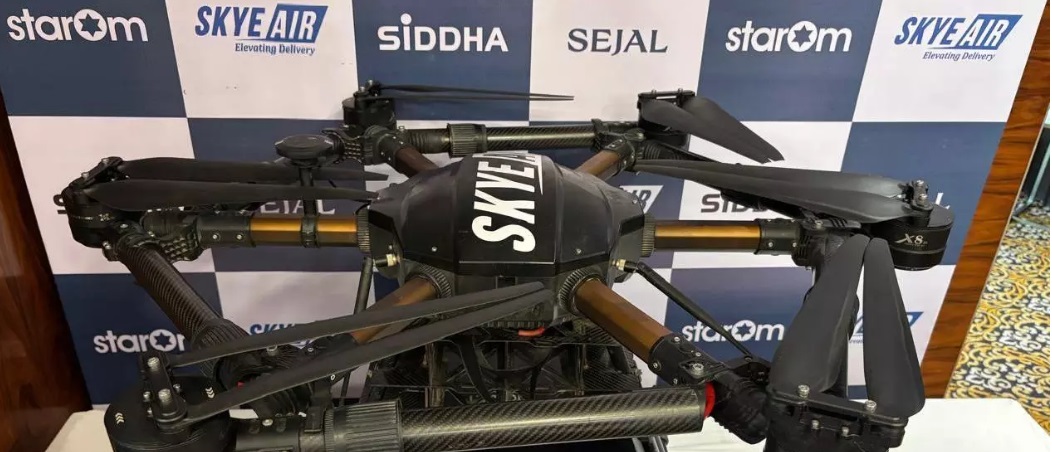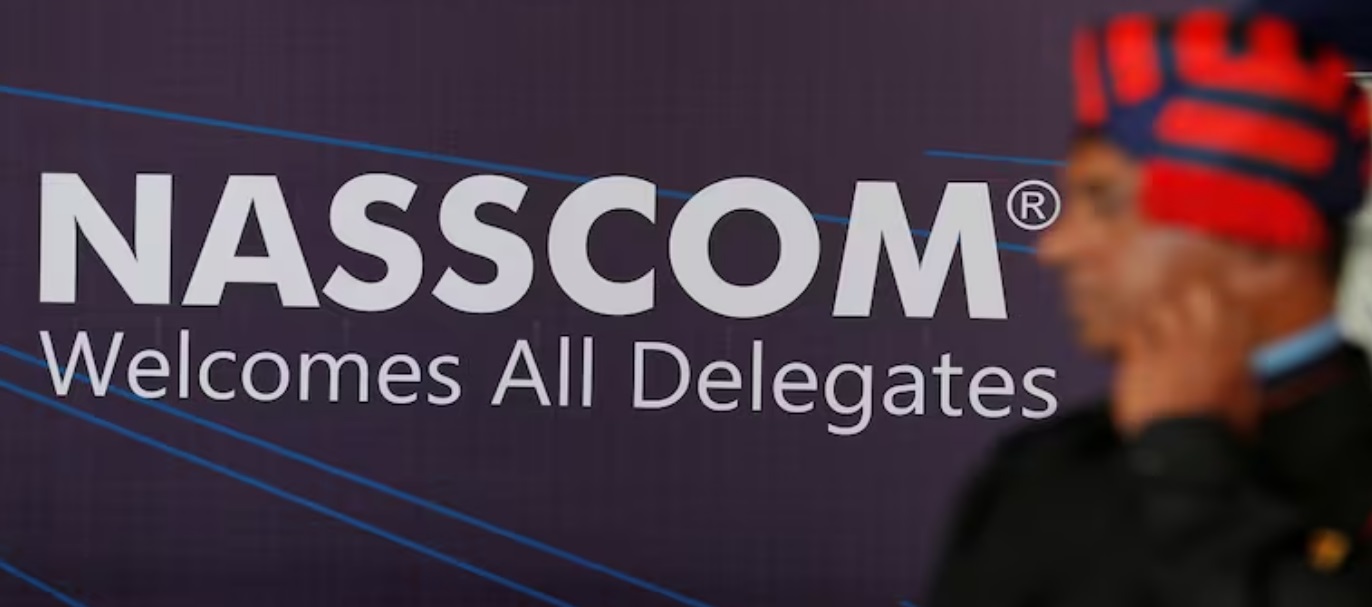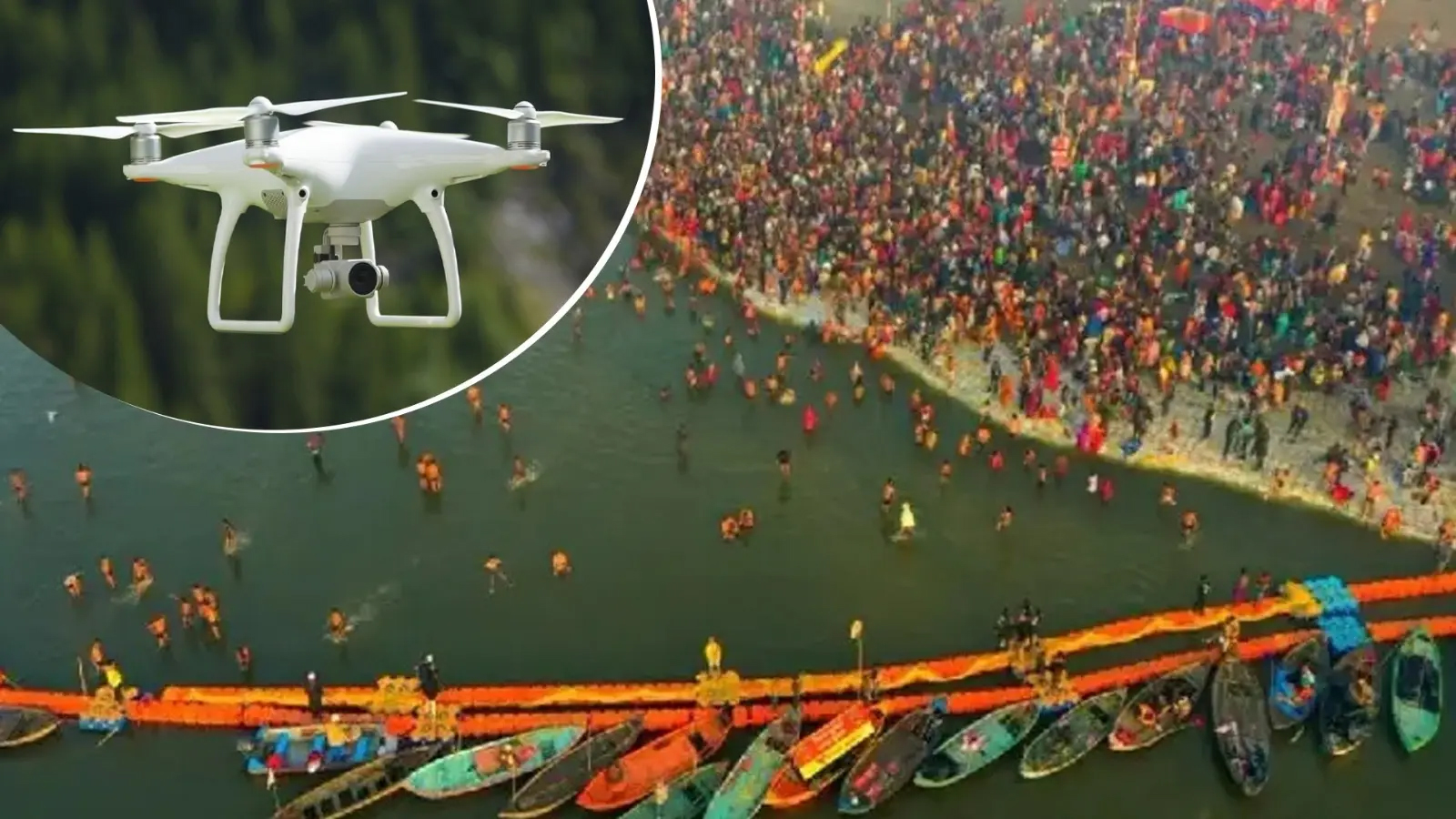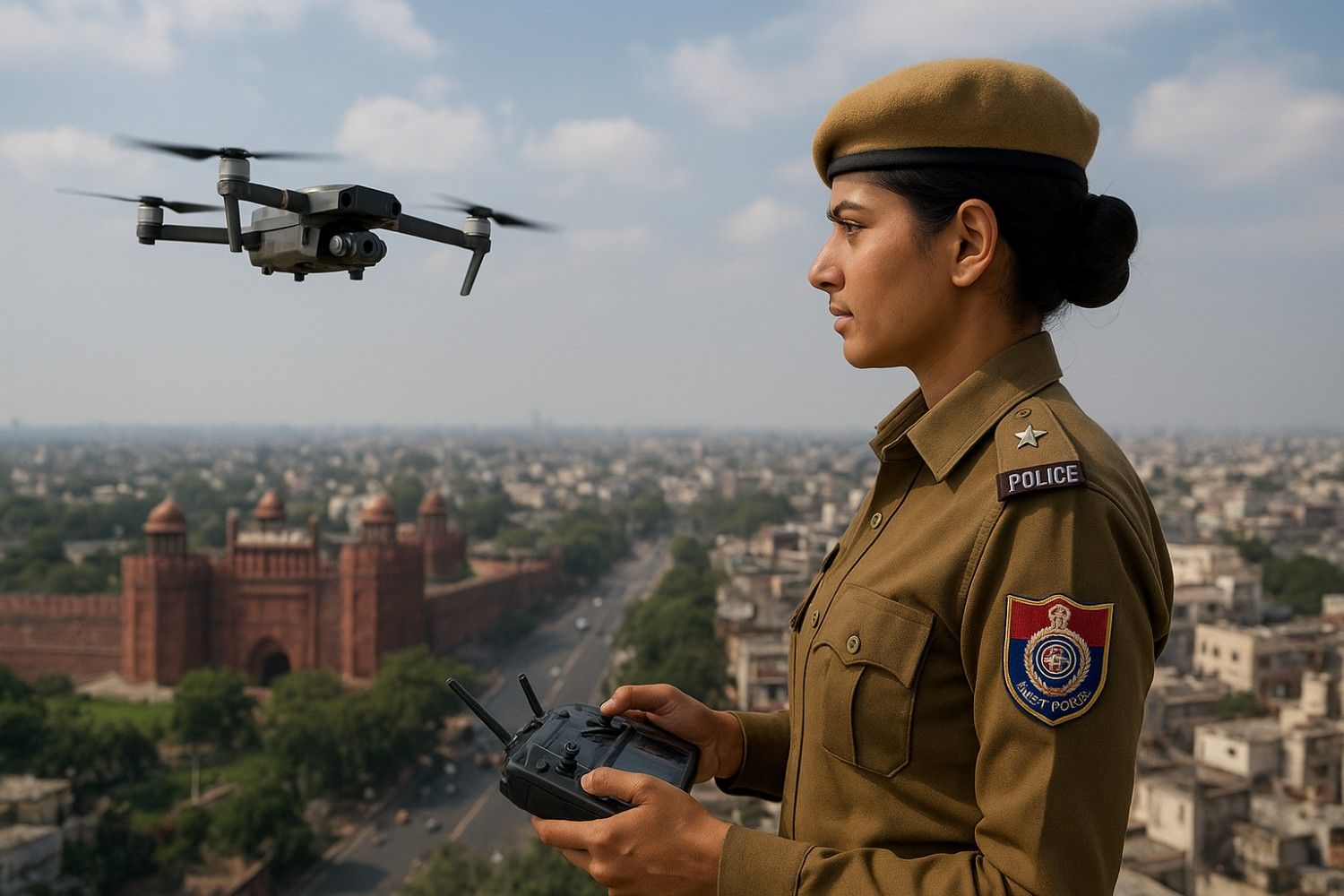Drone Technology
Drone Training
IIT Bombay Researchers Develop GPS-Free Control Scheme for Autonomous Drone Swarms
A new control scheme developed by Dwaipayan Mukherjee and
Chinmay Garanayak at IIT Bombay enables drones to fly in coordinated swarms
without relying on GPS, inter-drone communication, or centralized control
systems. The method uses bearing-only measurements obtained through onboard
cameras to regulate relative positions and maintain formation.
The researchers applied the scheme to Vertical Take-Off and
Landing UAVs, which can lift off without a runway and hover mid-air. These
drones are appropriate for surveillance and monitoring. “Autonomy in a swarm is
an important task,” Mr Mukherjee said. “This means that vehicles in a swarm can
decide their ‘actions’ on the basis of variables they can measure with their
on-board sensors, rather than having to rely on some global information being
fed to them or some human/centralized computer deciding what their action ought
to be. This is where our paradigm differs from usual ones,” he added.
The planned ‘bearing-only’ control scheme lets each drone use
its onboard camera to observe its immediate neighbours and calculate bearing
information. “In bearing-only control, the goal is to attain formation control
using only interagent bearing measurements,” Mr. Garanayak said. The system
does not need GPS or communication with other drones or a central computer.
A new control scheme advanced by Professor Dwaipayan Mukherjee and research
scholar Chinmay Garanayak at IIT Bombay allows drones to fly in coordinated
swarms without relying on GPS, inter-drone communication, or centralised
control systems. The method uses bearing-only measurements obtained through
onboard cameras to regulate relative positions and uphold formation.
The researchers applied the scheme to VTOL UAVs, which can
lift off without a runway and hover mid-air. These drones are suitable for
operations in confined spaces, such as surveillance and monitoring. “Autonomy
in a swarm is an important task,” Mr. Mukherjee said. “This means that vehicles
in a swarm can decide their ‘actions’ based on variables they can measure with
their on-board sensors, instead of having to rely on some global information
being fed to them or some human/centralized computer deciding what their action
ought to be. This is where our paradigm differs from usual ones,” he added.
The proposed ‘bearing-only’ control scheme allows each drone
to use its onboard camera to observe its immediate neighbours and calculate
bearing information. “In bearing-only control, the goal is to achieve formation
control using only interagent bearing measurements,” Mr. Garanayak said. The
system does not require GPS or communication with other drones or a central
computer.
Camera-based measurements are less prone to noise than
conventional distance sensors, simplifying the drone’s sensor system and
reducing battery requirements and overall weight. The scheme is designed to
operate in areas where GPS is unavailable, making it suitable for stealth-mode
operations, such as covert military missions.
VTOL drones are underactuated systems that have six degrees
of freedom, but fewer directly controllable degrees of freedom. While they can
move vertically and rotate around three axes, lateral and forward-backwards
movements must be indirectly controlled. “Many of the results in the literature
do not address the underactuated dynamics of VTOL vehicles and only focus on
the kinematic model. This motivated us to consider the fully underactuated
model of the VTOL UAV and explore its applicability to formation control,” Mr.
Mukherjee said.
Underactuated systems require dynamic models that include
position, orientation, velocities, forces, torques, and inertia. Previous
attempts to apply bearing-only control to such models have often failed due to
instability or breakdowns under certain conditions. Mr Mukherjee and Mr
Garanayak proposed a control mechanism that ensures convergence and maintains
the desired formation, even when drones start from imperfect positions. They
have offered rigorous mathematical proof to support the reliability of the
system.
A new control scheme developed by Dwaipayan Mukherjee and Chinmay Garanayak at
IIT Bombay allows drones to fly in coordinated swarms without relying on GPS,
inter-drone communication or centralized control systems. The method makes use
of bearing-only measurements obtained through onboard cameras to determine
relative positions and uphold formation.
The researchers applied the scheme to VTOL drones, which can
lift off without a runway and hover mid-air. These drones are suitable for
operations in confined spaces, such as surveillance and monitoring. “Autonomy
in a swarm is a critical task,” Mr. Mukherjee said. “This means that vehicles
in a swarm should be able to decide their ‘actions’ based on variables they can
measure with their on-board sensors, instead of having to rely on some global
information being fed to them or some human/centralized computer deciding what
their action ought to be. This is where our paradigm differs from usual ones,”
he added.
The proposed ‘bearing-only’ control scheme allows each drone
to use its onboard camera to observe its immediate neighbours and calculate
bearing information. “In bearing-only control, the goal is to achieve formation
control using only interagent bearing measurements,” Mr. Garanayak said. The
system does not require GPS or communication with other drones or a central
computer.
Camera-based measurements are less prone to noise than
conventional distance sensors, simplifying the drone’s sensor system and
reducing battery needs and overall weight. The scheme is designed to operate in
areas where GPS is unavailable or communication may be jammed, making it
suitable for stealth-mode operations, such as covert military missions.
VTOL drones are underactuated systems, which means they have
six degrees of freedom but fewer directly controllable degrees of freedom.
While they can move vertically and rotate around three axes, lateral and forward-backwards
movements must be indirectly controlled. “Many of the results in the literature
do not address the underactuated dynamics of VTOL vehicles and only focus on
the kinematic model. This motivated us to consider the fully underactuated
model of the VTOL UAV and explore its applicability to formation control,” Mr.
Mukherjee said.
Underactuated systems require dynamic models that include
position, orientation, velocities, forces, torques, and inertia. Previous
attempts to apply bearing-only control to such models often fail due to
instability or breakdowns in certain conditions. Mr. Mukherjee and Mr.
Garanayak developed a control mechanism that ensures convergence and
maintenance of the desired formation, even when drones start from imperfect
positions. They have provided rigorous mathematical proof to support the
reliability of the system.
Their work addresses two operational scenarios. In the first,
drones maintain formation at constant velocity using bearing and bearing-rate
data. In the second, where formation and velocity vary over time, drones
incorporate their own velocity measurements in addition to bearing data. The
system can handle arbitrary time-varying configurations, allowing drones to
navigate narrow passages, reconfigure into single-line formations, and adapt to
changing mission requirements.
The researchers plan to test the control scheme
experimentally, using a drone swarm. On the future roadmap, they aim to address
collision avoidance with theoretical guarantees. “Most existing algorithms rely
on ad hoc collision avoidance schemes that do not come with
any theoretical guarantees. Collision avoidance with objects in the environment
and among drones is a challenge we are trying to tackle at a theoretical
level,” Mr Mukherjee said.
Source: The Hindu
Admin
07 Nov 2025


